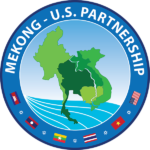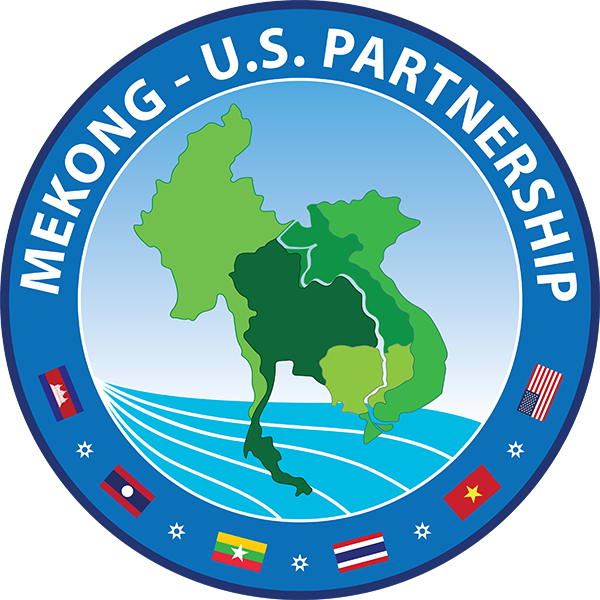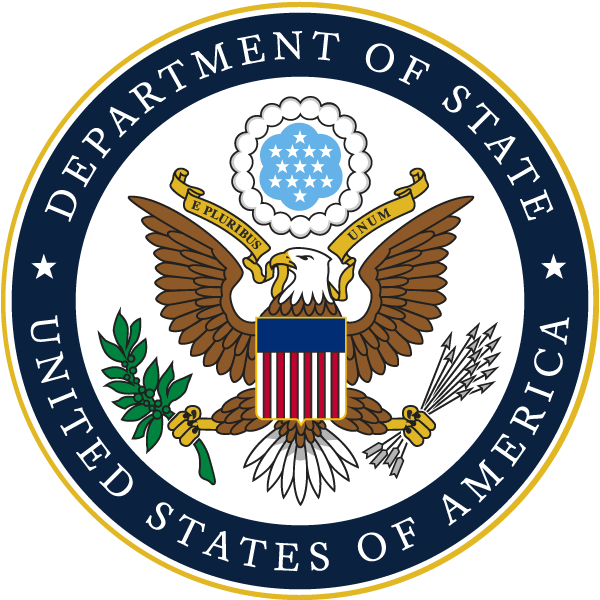4,000 training hours, 111 trainees, and 19 government agencies in Lower Mekong countries. Those, in brief, were the numbers highlighted at the wrap-up event for a US-Republic of Korea (ROK) capacity-building project on 4 October 2022.
The project, ‘Improved Hydrological and Hydraulic Decision Support for the Mekong Basin,’ took place over a 13-month period from July 2021 to August 2022. The project aimed to boost in-house capacity for flood and drought management in Lower Mekong countries through training in the use of specialized computer programs and earth observation data. The US Army Corps of Engineers (USACE), the National Aeronautical and Space Agency (NASA), and K-water, the ROK’s water resource development agency collaborated to deliver the training, coordinated by the Mekong River Commission (MRC) secretariat and the Sustainable Infrastructure Partnership (SIP).

The 4 October wrap-up event in Seoul reviewed project achievements and looked forward to next steps. Presenting lessons learned from the project, SIP Manager and Mekong Programs Manager at Pact, Dr Pinida Leelapanang Kamphaengthong, noted that this project had entered the scene just as the MRC secretariat was identifying the need to reinvigorate its own information system. “Data collection, better use of planning tools and improving access to earth observation data from satellites were part of their plan,” said Dr Pinida. What SIP and US government agencies had to offer matched the wishes of the MRC and its member countries, she explained.
In response to the needs of Lower Mekong countries, experts from USACE, NASA and K-water delivered four international training events in just over one year, from July 2021 to August 2022. The training took place online in July 2021 and February 2022. In July 2022, training in two consecutive modules took place at face-to-face sessions in Hanoi and Bangkok. A fourth and final training event took place in August 2022 in Siem Reap, Cambodia.
Enabling Better Flood Forecasts
In the training sessions, participants acquired skills in using NASA’s Soil Water Assessment Tool (SWATonline) and NASAaccess, a web-based tool to access the agency’s satellite datasets. USACE provided training in the use of its Hydrological Engineering Center’s river analysis system (HEC-RAS) and related tools, and K-water drew on its K-series water resource data for analysis. A final training event focused on a case study of river conditions between the Jinghong dam in China and the Xayabouri dam in Lao PDR. The case study approach allowed for participants to gain experience in the integrated use of the various tools.
Speakers at the wrap-up event noted that an important outcome of the training was trainees’ ability to use software and satellite data to enable more accurate flood forecasting by taking into account the impacts of rainfall as well as river flows. This “near real-time precipitation bias correction” means that forecasts can be better used to give local residents adequate warning of floods. Building on this new capability, participants in the training noted that more data is needed in order to correctly calibrate existing information. For example, having access to more accurate river channel cross-sections would improve the quality of forecasts. Speakers also noted the potential to simulate upstream dam operations so as to be able to predict downstream conditions.
Participants at the wrap-up event highlighted the gains in knowledge and skills. While all speakers affirmed the value of the training, some also called for avoiding duplication of partnership activities. They noted that decision making should also take into account the amount of work needed for data migration, if switching from one information system to another.
For future training events, participants proposed customizing the curriculum to address local issues in Mekong countries, promoting data sharing by dam operators, and focusing on a case study of downstream conditions.
Ultimately, said a speaker from one of the Mekong River Commission’s member countries, MRC should become “the master organization” on forecasting floods and droughts in the region.

 Mekong - U.S. Partnership
Mekong - U.S. Partnership


